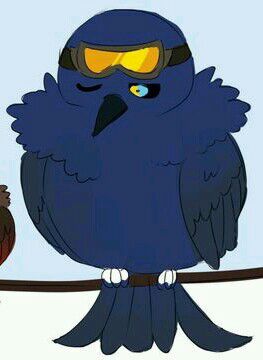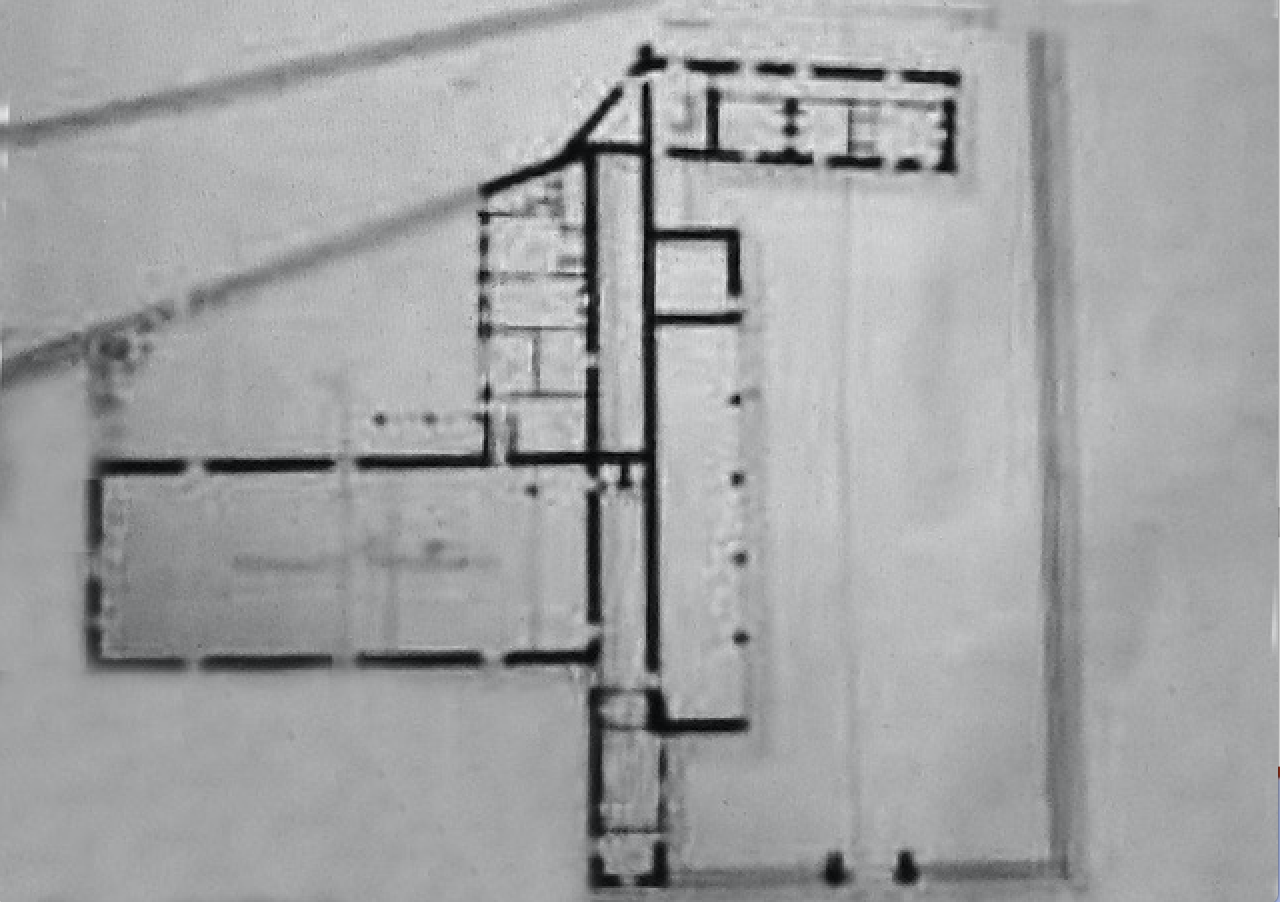

She travelled to Europe in 1958 where she visited Spain and viewed particularly the drawings and paintings of Goya.Īfter a number of group shows in Quebec, Montreal, Trois-Rivières, Chicoutimi, Granby, Sherbrooke and Ottawa, she held her first solo show at Galerie Denyse Delrue, Montreal, in February of 1961 she exhibited there again in 1962 and in Toronto at the Moos Gallery.

Duquette (drawing) and under Louis Archambault (sculpture). Cesaire, Quebec, Gervais studied both painting and sculpture at the Ecole des Beaux-Arts of Montreal under Stanley Cosgrove and Jacques de Tonnancour (painting) Jean Simard, M. In “Sans titre”, the viewer can see the foundations of the artist’s technique, steeped in the traditions of the Automatistes, and focusing on the limitations of the medium she developed throughout the 1960s.īorn in St. Building on top of one another, each stroke of paint creates depth, movement and contrast of colour and complexity within the grid-like composition. Choosing pure, brilliant colours, she allowed minimal blending to occur in her work, thus her colours are incredibly pure and rich. Gervais was interested in the possibilities inherent in paint, and used the palette knife to apply broad swathes of colour to her canvases. The oil painting marks the beginning of her characteristic colour palette of black, red, yellow and white. “Sans titre” was painted in 1959, shortly after the artist’s return from Spain and just prior to her first solo exhibition in 1961. Gervais then returned to teaching for sixteen years, at the École des beaux-arts, Concordia University and L’Université de Québec in Montreal. She would go on to show with Gallery Moos in 1962. Back in Montreal in 1961, she had her first solo show at the Galerie Denyse Delrue. Gervais travelled to Spain in 1958 where she was particularly inspired by the work of Francisco Goya. Upon graduation, she participated in a number of group shows in Quebec, Montreal, Trois- Rivières, Chicoutimi, Granby, Sherbrooke and Ottawa. Gervais studied painting at École des beaux-arts de Montréal with Jacques de Tonnancour and Stanley Cosgrove, and sculpture with Louis Archambault from 1950 to 1954. The artist was concerned with the limitations of paint itself, opting for bold pigments with high contrast, creating energy in her works. Nonetheless, Gervais was a key fixture in the abstract painting movement during the 1960s in Quebec. Working in Montreal, Lise Gervais was a follower of Paul-Émile Borduas and Les Automatistes, however was never a formal member of the group.


 0 kommentar(er)
0 kommentar(er)
